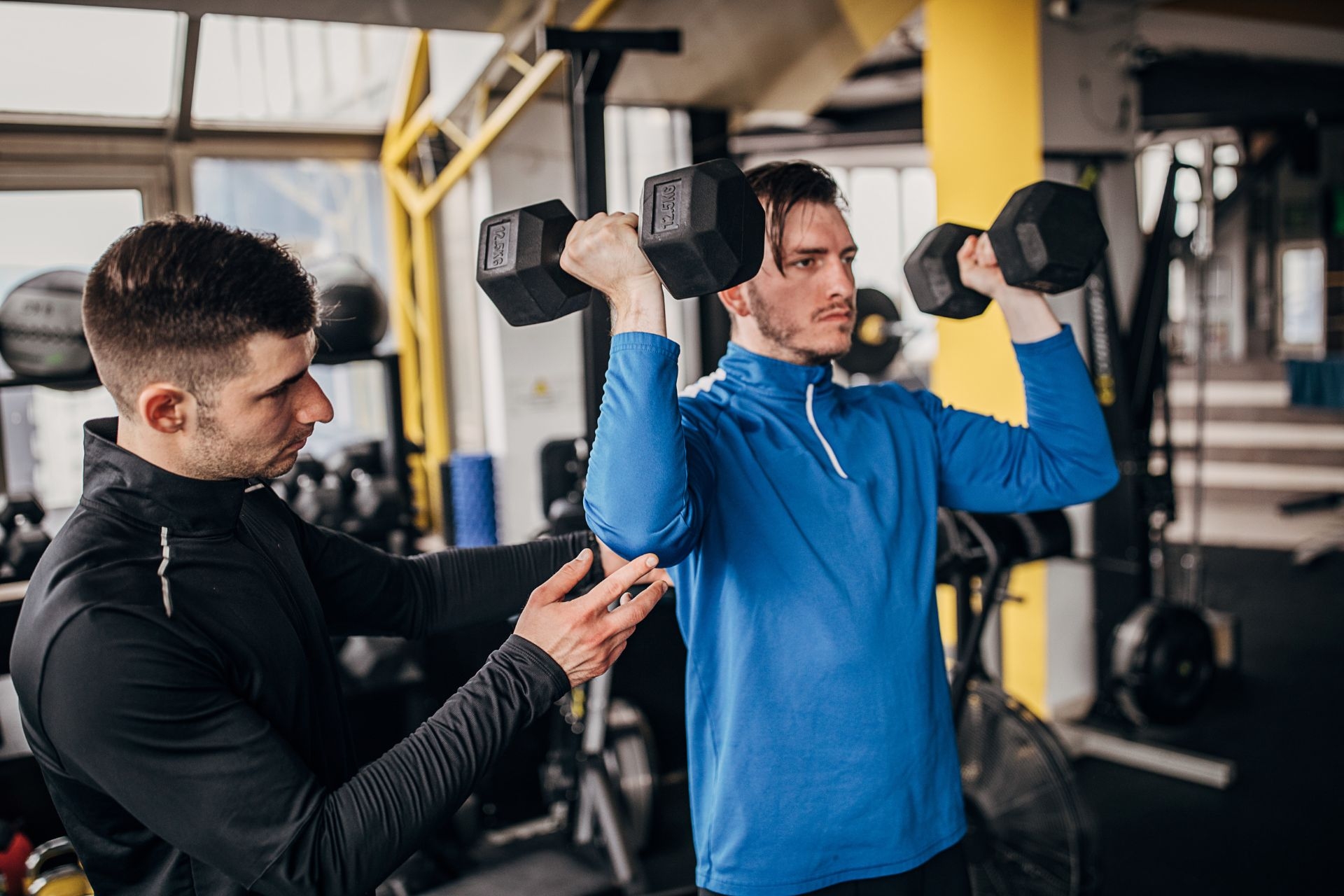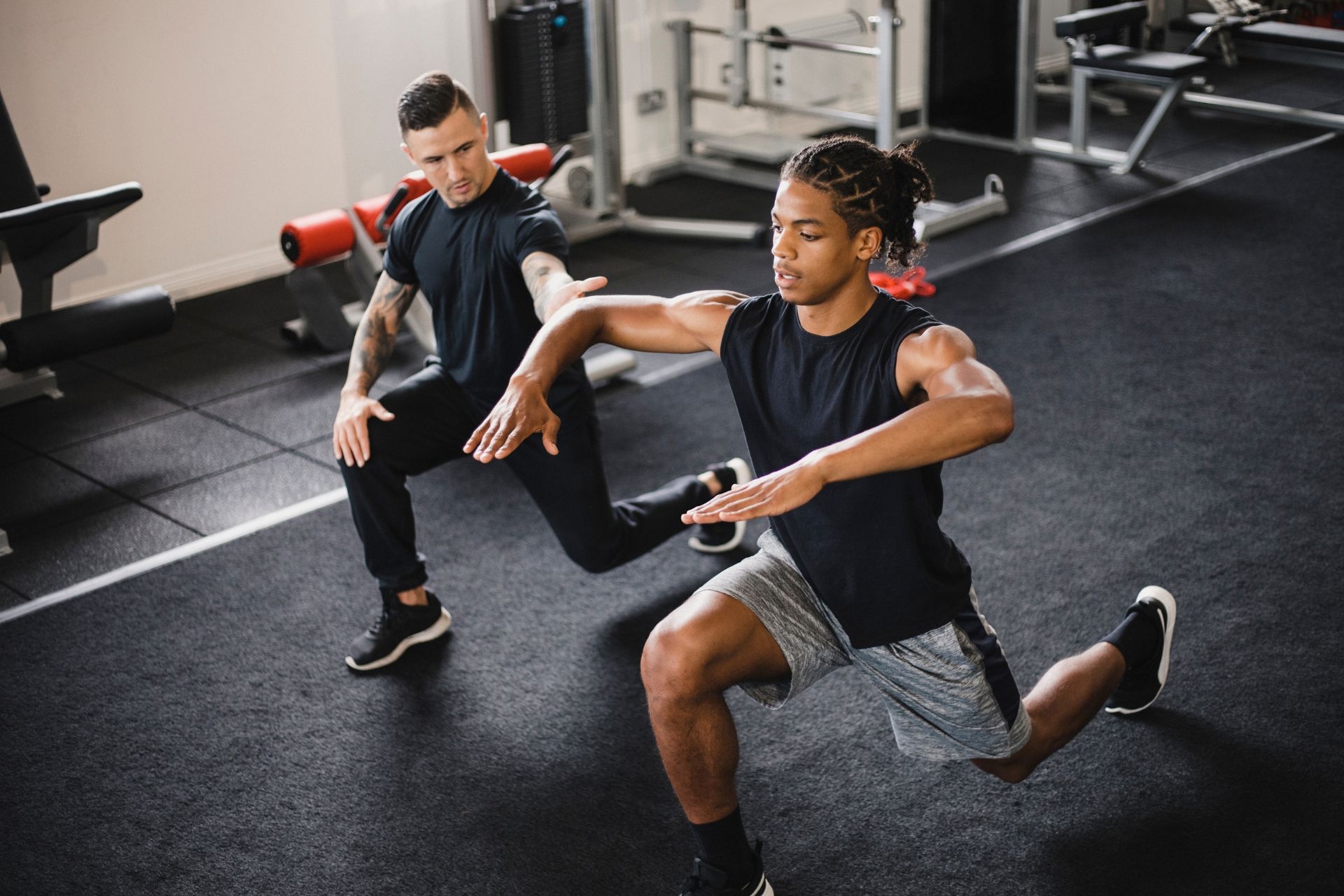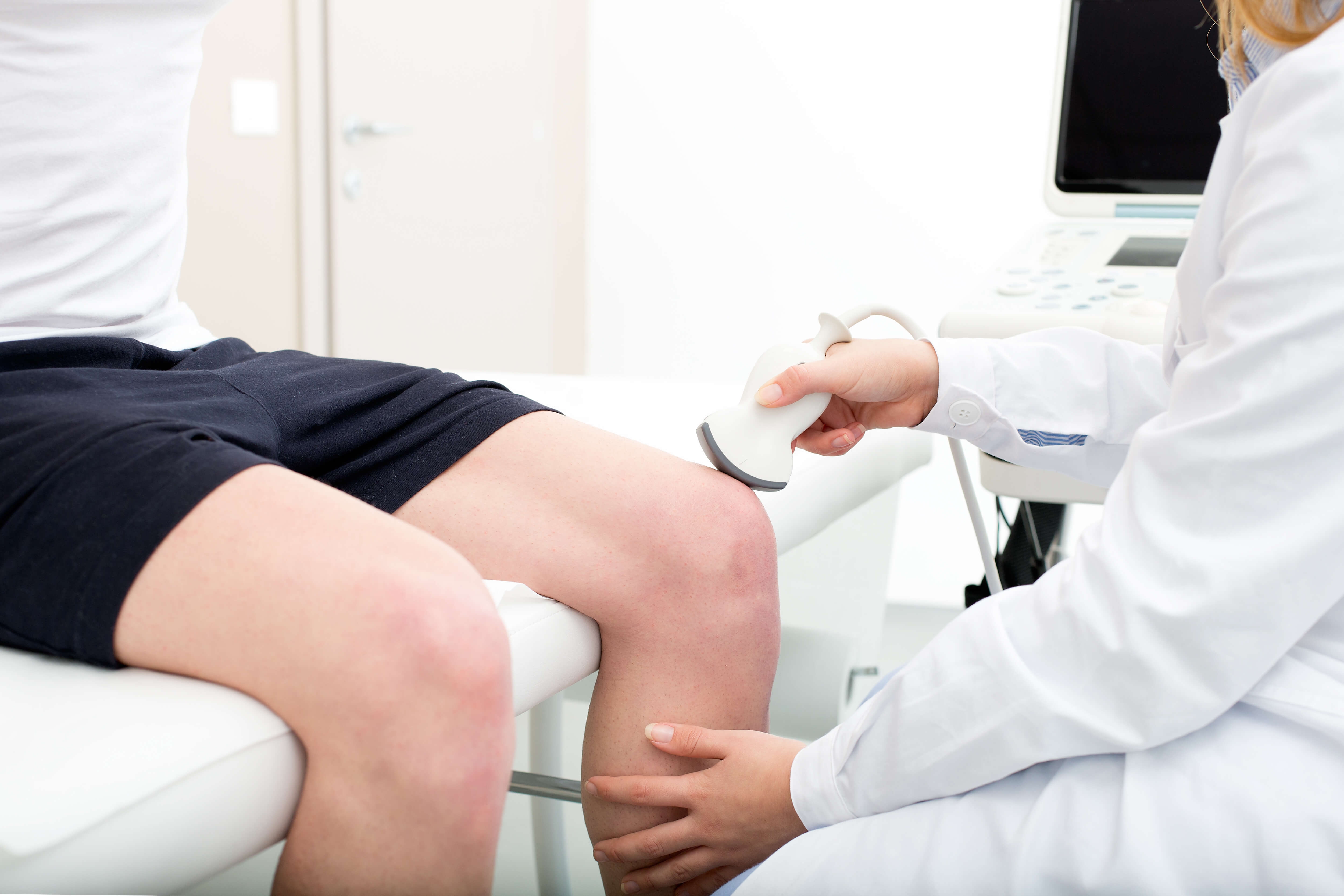Post-Activation Potentiation
How does post-activation potentiation affect muscle performance?
Post-activation potentiation (PAP) can significantly enhance muscle performance by increasing the contractile properties of muscle fibers. This phenomenon occurs when a conditioning exercise, typically a heavy resistance exercise, is followed by a power-based exercise, leading to improved force production, rate of force development, and overall power output. The acute effects of PAP can help athletes generate more force and power during subsequent explosive movements, such as jumps or sprints.




